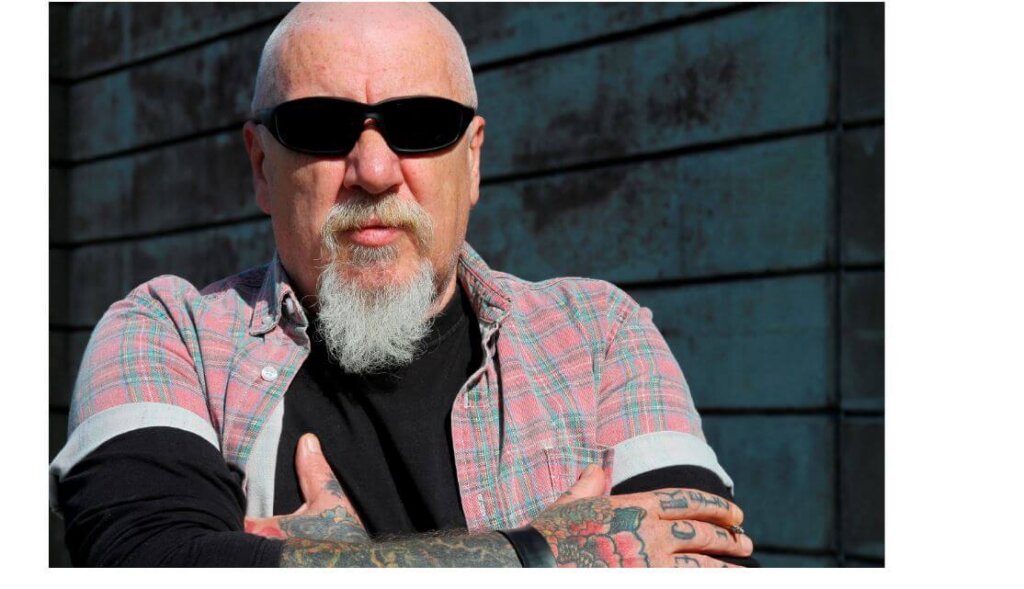You have a problem with your new client. He’s a biker with tattoos, wears leathers and is generally menacing looking. He’s suing an attractive, successful, female business owner for breach of contract. The good news: the facts are in your favor. You have a trail of emails, signed documents and witnesses. The bad news: your client would probably scare the wits out of most of the jury if they were stuck in the elevator with him. The challenge: determining which witness they are going to believe.
Or how about this one. You’re five years out of law school, have a slight build, inherited your mom’s gorgeous, baby-soft skin and her slightly high-pitched voice. The good news: 30 years from now you’re going to be thrilled that you still look young. The bad news: it’s not 30 years from now. The challenge: finding a way to persuade potential clients to trust you with their complex litigation.
This is how stereotypes work. They can be silent and sometimes deadly if you’re not paying attention. However, you can turn it around if you know how.
How Stereotypes Form
Your brain is built for efficiency. It doesn’t like to waste time or space, so it takes in information and categorizes it. It creates shortcuts to help you retain knowledge with minimal effort. Your brain provides structure in chaotic surroundings. It helps you understand and predict the social world.
Stereotypes develop from your own experiences and what you learn from your family, colleagues, community and the media. Aft er a number of exposures, your brain creates a stereotype to save time and energy. That way you don’t have to wonder what individuals are like or what they are likely to do.
Additionally, your brain processes stimuli more quickly than thoughts. More of your brain is dedicated to sensory processing than to thinking. When you see someone it takes a nanosecond for your brain to retrieve your efficiently categorized, shortcut stereotype – before you can even think about it. In the examples above, you might instantly stereotype the biker as threatening, the attractive woman as good, and the young attorney as inexperienced.
Recognize the Reality
The first step is to overcome the impact of unspoken stereotypes and recognize they exist. You don’t have to like it; you just have to admit it. The second step is to understand the stereotype. For most people, exposure to tattooed bikers is negative and scary. That’s where you have to start with your client.
As for the young lawyer, he or she faces more than one stereotype. Millions of encounters with young people can lead us to the generalization that young equals inexperienced. Plus, research shows that a deep voice and larger stature come across as powerful, while the opposite comes across as weaker. These perceptions may not be true, but people will instantly think it.
Seize the Opportunity to Overcome
Now you have a place to operate from. It’s your job to overcome stereotypes and build trust with your jury or potential client. It doesn’t do you any good to say, “Well, that jury should believe my biker!” or “My client should trust me with this case.” If you want to prevail, you have to crack their stereotypes with evidence that contradicts their automatic response.
Here’s What You Can Do
When I prepare challenging witnesses for deposition or trial, I come smack up against stereotypes. I’ve had witnesses the jury would not like, believe or trust. First thing, I start with that tough reality. I never try to “put lipstick on a pig.” Jurors resent it when they think an attorney is trying to buffalo them.
So how to present our biker? Clean him up, yes. Put him in a suit, no. Let some of his tattoos show, but don’t flaunt them. Remember, it a tenth of a second to form an impression of a stranger. That means your jurors already have opinions about your witness and you. Your opening statement is your first opportunity to overcome their stereotypes and build trust. Admit to the jury what they already know: this is a tough guy to like or believe or trust. Now they are not fighting you, they can agree with you. This opens up a space that allows them to hear more. So give them additional information that makes him more than a one-dimensional stereotype and make sure he’s prepared. In every moment in front of the jury, they must see a guy who is calm, clear, confident, authentic and totally honest.
Now what about our young attorney? When I coach associates, I start with how they “show up” and how they come across. Research is clear: more than 90 percent of what people perceive about you is based on your body language and tone of voice. Attorneys are often surprised when I can point out how their unconscious habits undermine the impression they want to make. I work with them to walk in a room and conduct themselves with confidence – “owning the room.” Part of that is great posture, a solid handshake, being welldressed (but not showy), maintaining good eye contact and speaking clearly and never, letting down. Ultimately, we want those great first impressions to be paired with convincing communication. I coach them to develop powerful language that will highlight their strengths and establish trust. By helping clients see past initial stereotypes, we can show them an attorney who exudes confidence in the ability to solve a client’s problems. Deborah Johnson, MC










